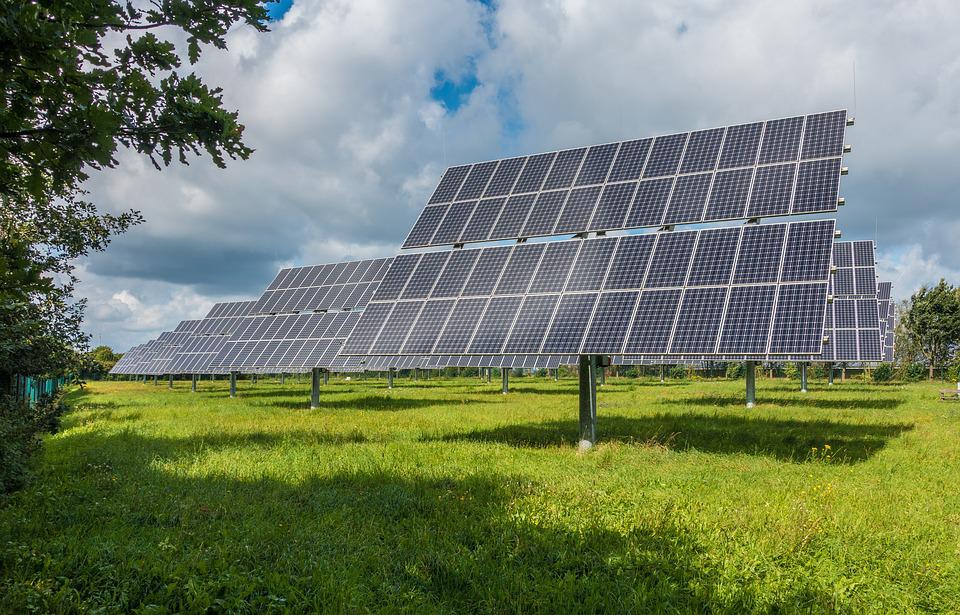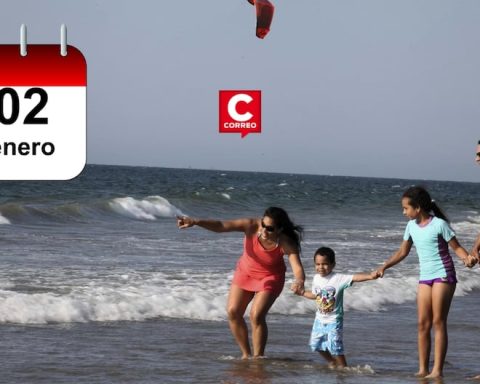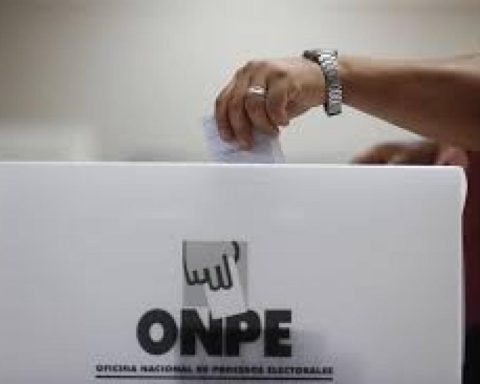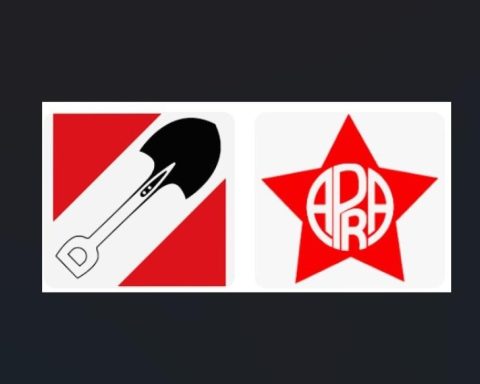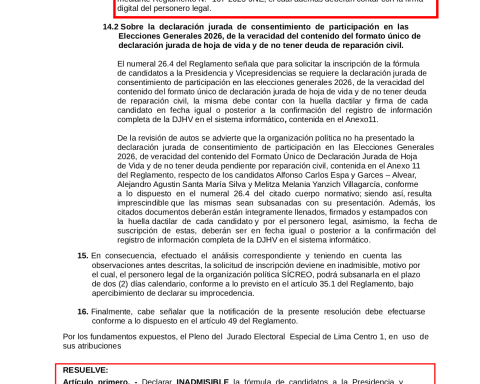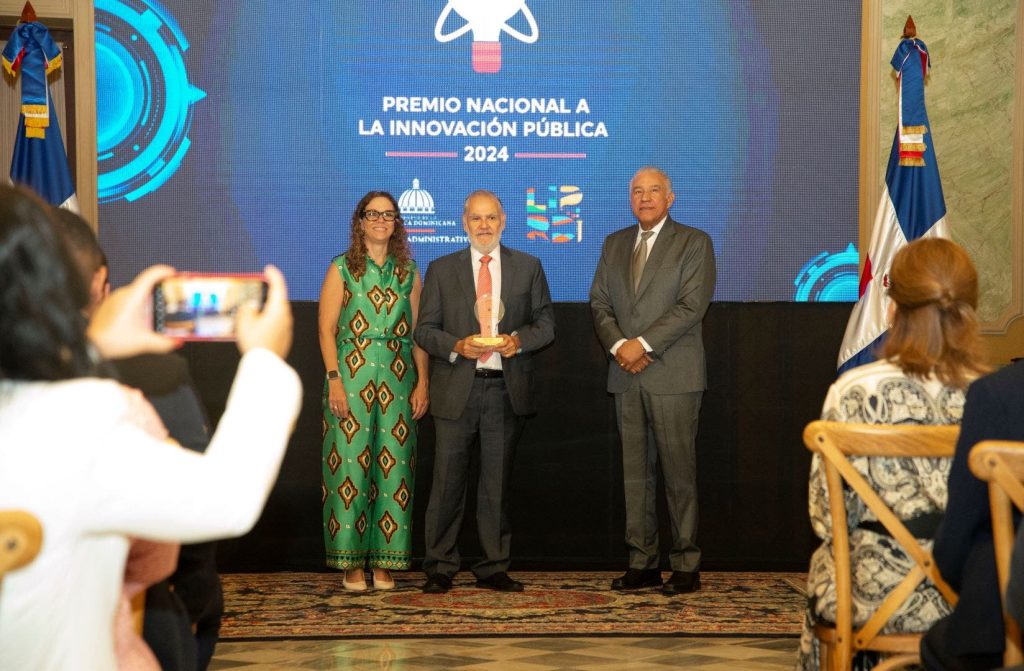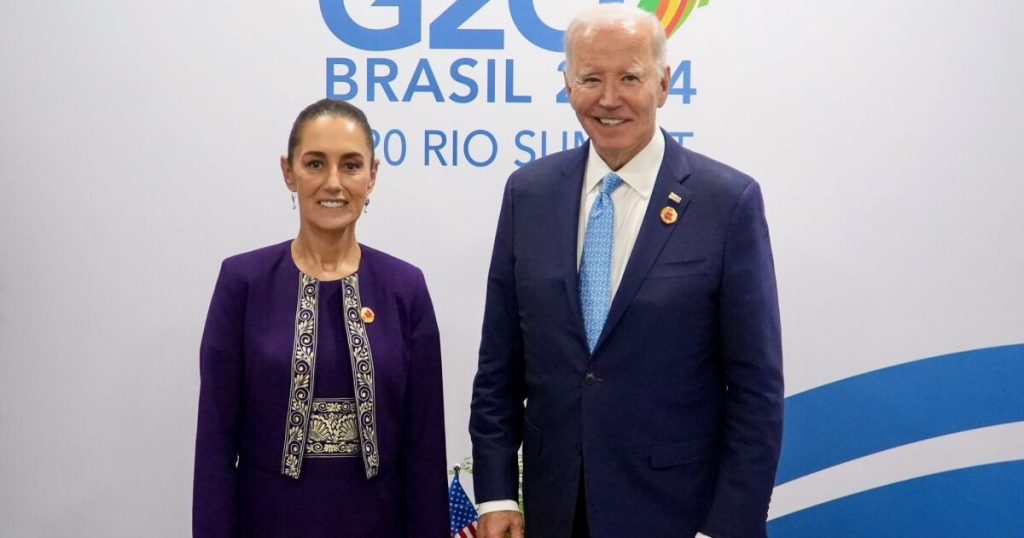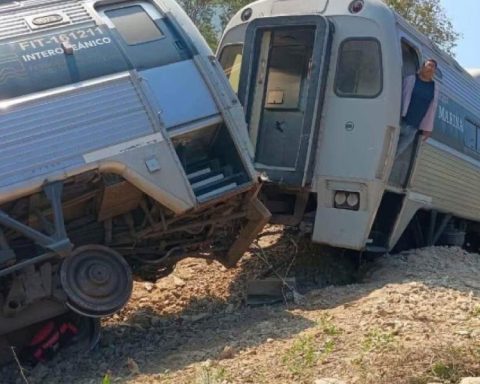By Angela Grossheim
Executive Director of the National Mining, Petroleum and Energy Society
He electrical sector Peruvian is one of the most solid and reliable in the region. This is the result of the large investments made and a regulatory framework that has allowed its development in an efficient and balanced way, ensuring that more Peruvians have energy. In just 30 years we have gone from 66% to 96% coverage, in addition to consolidating one of the cleanest energy matrices in the region, thanks to the use of our natural resources.
We agree that the electricity market must promote competition and that our energy matrix incorporates a greater participation of generation with renewable energies (RER), as is the global trend. However, the path proposed through a bill in Congress is not the most appropriate, since, if what is really intended is to ensure the lowest cost for regulated users, the proposed regulatory changes go in the opposite direction.
Two main modifications are proposed in the bill: the first is linked to the fact that solar energy can only be generated during the day (solar hours), which is why it is proposed to create so-called hourly blocks; and the second, separate the attributes of energy and power to allow solar generation units to participate in the tenders of distribution companies. However, the implications of these changes would not be as expected, since they would not only affect the functioning of the electricity market, but would also generate higher costs for users.
In effect, the competition factor in the tenders of the distribution companies, whether in time blocks or through an offer for the whole day, must represent the minimum cost to meet the tendered demand during the entire supply period, that is, during 24 hours a day. We hope that this proposal is accepted, thus showing that the real concern is the users.
On the other hand, separating the attributes of power and energy throughout the day, together with the creation of time blocks, would leave the peak hour block unprotected, which is when, due to the increase in demand, it is essential that power and energy are associated. Only in this way is it guaranteed that increases in demand can be met in this period.
One of the arguments that is pointed out is that the only way to develop solar projects is through these regulatory changes. However, the evidence shows otherwise. Between June 2023 and September 2024, 798 MW of RER projects have been put into operation, of which 195 MW are solar and 603 MW wind. In addition, it is expected that between July and December of next year an additional 456 MW will enter, not counting the approximately 2,255 MW of projects under study that could operate in 2026. These data show that there are no barriers to entry into the market for the RER, the which can compete with other technologies.
We must promote RER generation and its increase in our energy matrix. However, its development must be balanced and respond to a technical analysis that minimizes the risks to the system, mainly generating a positive impact on users. Public policies must be carefully analyzed, evaluating their real effects and ensuring that they are aimed at the well-being of Peruvians.
